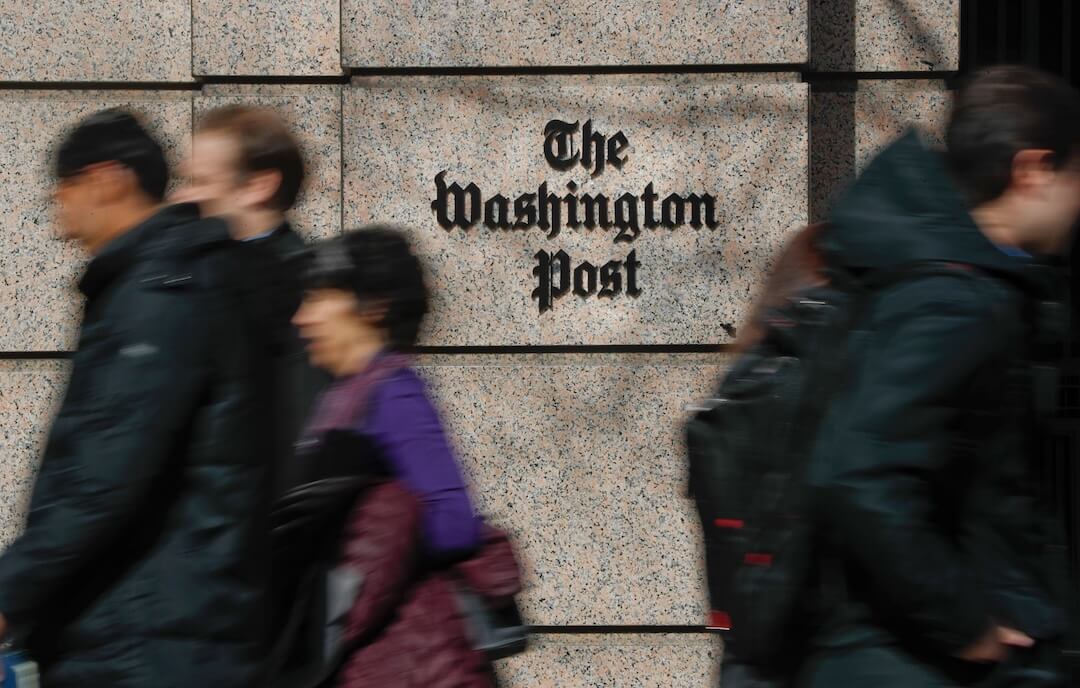For years, a few early adopters have been waiting for the moment drone journalism would become widely available to newsrooms that didn’t have a licensed pilot on staff.
That happened this week, when the Federal Aviation Administration’s new guidelines regarding the use of drones for commercial purposes (like reporting) went into effect. Under the new rules, anyone who passes a multiple-choice test can get their Part 107 operators’ certificate, entitling them to send a drone skyward.
Of course, just because a journalist is legally certified to operate a drone doesn’t mean they have the faintest inkling how to do it once the controls are in their hands. Now that there are rules allowing anyone outside of pilot’s school to fly drones, it’s possible a glut of inexperienced operators could follow.
That’s why a pair of those early adopters have teamed up to create a user-friendly (and open-source) guide to the burgeoning field of drone journalism. With funding from The Knight Foundation, Matt Waite, a professor at the University of Nebraska, and Ben Kreimer, a beta fellow with BuzzFeed’s Open Lab for Journalism, Technology and the Arts, have put together the Drone Journalism Lab Operations Manual, a 23-page explainer on everything drone.
“What we’re hoping to do here is give newsrooms a foundation to work from,” Waite said. “Some newsrooms will have manned helicopters and experience with this. Most won’t. We wanted to give everyone from the freelancer to the global media empire a document that helps them stay safe, be smart and use the devices in the right way.”
The guide was released under a Creative Commons license, which means journalists can share and tweak it to suit their needs. In addition to a glossary of important terms and flight checklists, it offers guidance about how, when and under which ethical circumstances journalists should fly. Here are some highlights:
Make sure your first time flying isn’t for a story.
Before going out on assignment, journalists should plan carefully and think hard, according to the manual.
First and foremost, the pilot should practice with the drone to be used. Your first flight with the drone should not be for a story. Familiarization with the platform is essential. News organizations wanting to use drones should speak with local police and fire departments well before news breaks, alerting them of future news-gathering using drones.
If you wouldn’t do it on the ground, don’t do it in the air.
Waite and Kreimer recommend adhering to the ethics that govern other forms of journalism while operating drones.
UAS enable individuals to remotely access spaces and vantage points that may, for many reasons, be otherwise out of reach. Avoid actions in the air that you yourself would not engage in on the ground.
They also recommend following the SPJ and the National Press Photographers’ Association codes of ethics.
In case of emergency…
There’s also a series of checklists that explain what to do in a variety of unexpected circumstances, including loss of motor power, remote control failure or an in-flight fire. The general guide for emergencies? Land as soon and as safely as possible:
In most emergency situations, the general protocol is to land as soon as is safely practical. In many emergency situations, landing at the pre-determined landing zone will not be possible. The goal is a controlled, safe landing.
You can download the guide here. Looking to become a licensed drone journalist? Find your nearest FAA testing location here.






